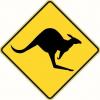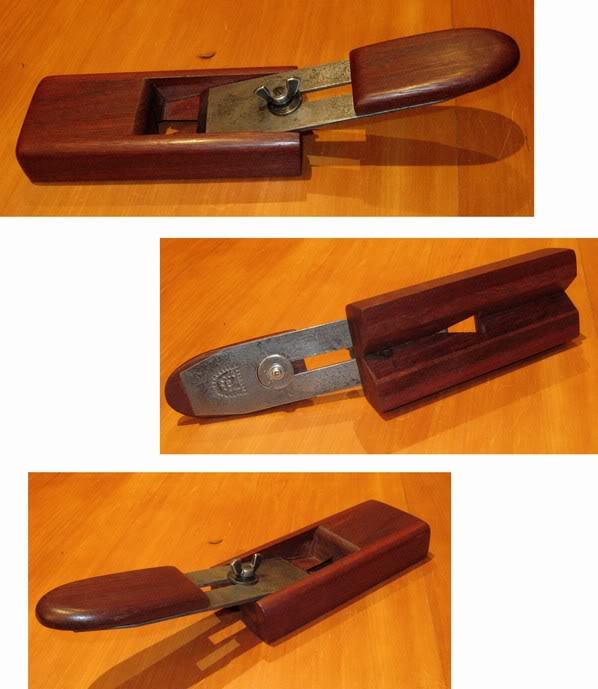I just posted a WTB ad in the Classifieds. I probably should have asked this question here before posting the ad though. How well do the Stanley No. 65 spokeshaves perform for putting a chamfer on a board? How are they in soft versus hard wood?
Thanks!
Mike




 Reply With Quote
Reply With Quote





